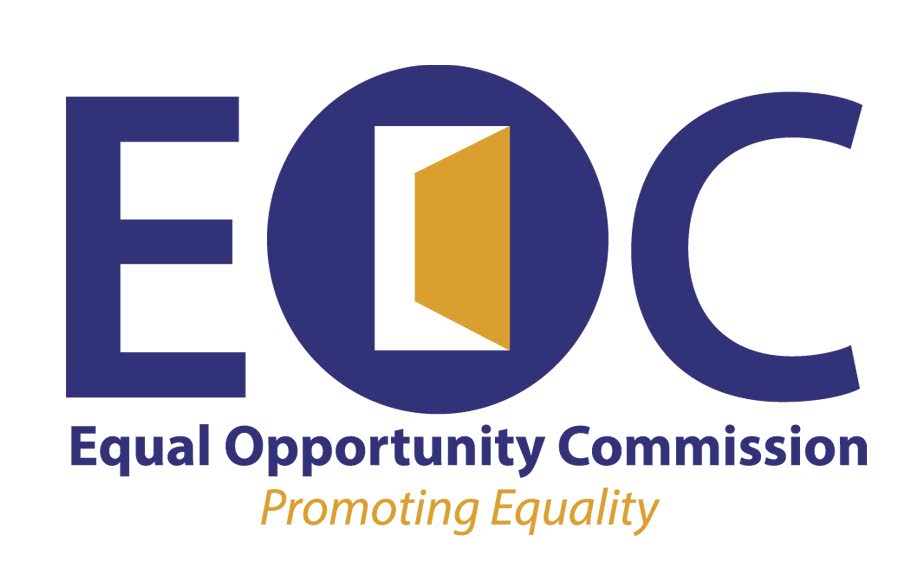NHRIs: Different models around the world

Part III
IN PART three of the series, we continue the discussion on the Equal Opportunity Commission’s (EOC) strategic vision of becoming the National Human Rights Institution (NHRI) of TT. Today we examine the different models that exist in countries that address human rights holistically, as well as look at the suitability of a particular model for the TT context.
NHRIs have different names, depending on the region, legal tradition and common usage. Generally, there are six models that are recognised.
1. Human Rights Commission (HRC)
Commissions generally have broader mandates such as receiving and investigating complaints, promoting human rights, and public education and engagement. As we have noted previously, the Equal Opportunity Act has given these powers and mandate to the EOC. However, the types of matters that the EOC can treat with is limited to non-discrimination on specific grounds, whereas HRCs can typically promote all aspects of human rights.
For example, the HRCs in both Kenya and Uganda can visit prisons and other places of detention to assess and inspect the conditions under which inmates are held. In TT, this power rests with the Inspector of Prisons, who is appointed by the Minister of National Security.
The EOC sees itself as progressing towards an HRC, while simultaneously recognising that there are multiple institutions in TT with specific human rights mandates such as the Children's Authority and the Inspector of Prisons. For the EOC to function effectively as an NHRI, it would have to collaborate with these other institutions, to collectively deliver more robust human rights protection.
2. Human rights ombudsman
Whereas HRCs are governed by a board of commissioners, ombudsmen tend to be a single person (assisted by a complement of staff). Ombuds institutions traditionally focus on receiving, investigating and conciliating complaints related to maladministration. Human rights ombudsmen differ in that they are given a mandate to promote and protect human rights and are not limited to issues of good governance.
All ombudsmen are generally limited to making recommendations as opposed to handing down decisions that bind the parties. For it not to be labelled as "toothless," it should have the power to refer a complaint to a court or to a specialised tribunal where their recommendations have been ignored or rejected.
3. Hybrid institutions
Hybrid institutions have multiple mandates; they deal with human rights but may also address maladministration or corruption. For example, in Spain, the Defensor del Pueblo is a high commissioner of parliament responsible for defending the fundamental rights and public liberties of citizens by supervising the activities of all public administrations and investigating any misconduct by public authorities.
These can include conduct that causes a breach of the rights guaranteed by their constitution, and rights recognised in certain international conventions that Spain has ratified. While in principle it is desirable to have a single institution that can handle multiple jurisdictions, the challenge in practice is how well they can effectively handle the different and sometimes unrelated areas under their remit.
4. Multiple institutions
The reverse of a single institution with multiple mandates is multiple institutions, each with responsibility for promoting and protecting a specific class of rights or rights of a specific group. For example, in TT, the Children's Authority specifically promotes and protects the rights of children. In the Bahamas there exists the National Commission for Persons with Disabilities (PWDs), which specifically promotes rights and advances equal opportunities for PWDs. The challenge is oftentimes a lack of co-ordination among different institutions.
5. Consultative and advisory committees
These committees generally have a broad membership. They engage in human rights education and research and provide advisory services to the government on major human rights issues and problems. They generally do not investigate individual complaints, and this is seen as limiting their effectiveness, as they cannot grant redress for violations of human rights.
While they may inquire into broader, systemic human rights issues, they can only provide advice and make recommendations, which may or may not be accepted by those with the power to implement the needed changes.
6. Human rights institutes and centres
Like committees, centres generally have a broad membership and focus on human rights research and advice, and do not treat with individual complaints. They differ from committees in that they have a more defined institutional structure: a board of governors sets general policy framework and operational activities are handled by professional staff. Many centres are affiliated with universities and exist as non-governmental, not-for-profit organisations.


Comments
"NHRIs: Different models around the world"